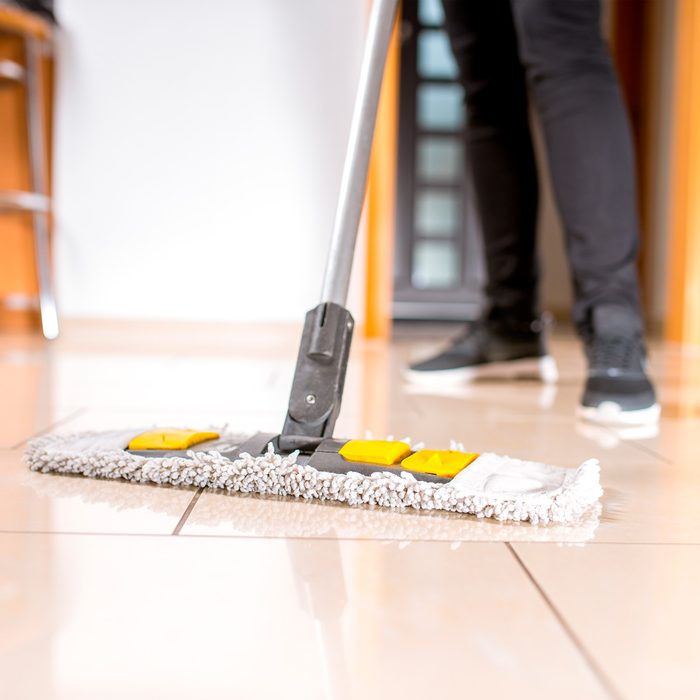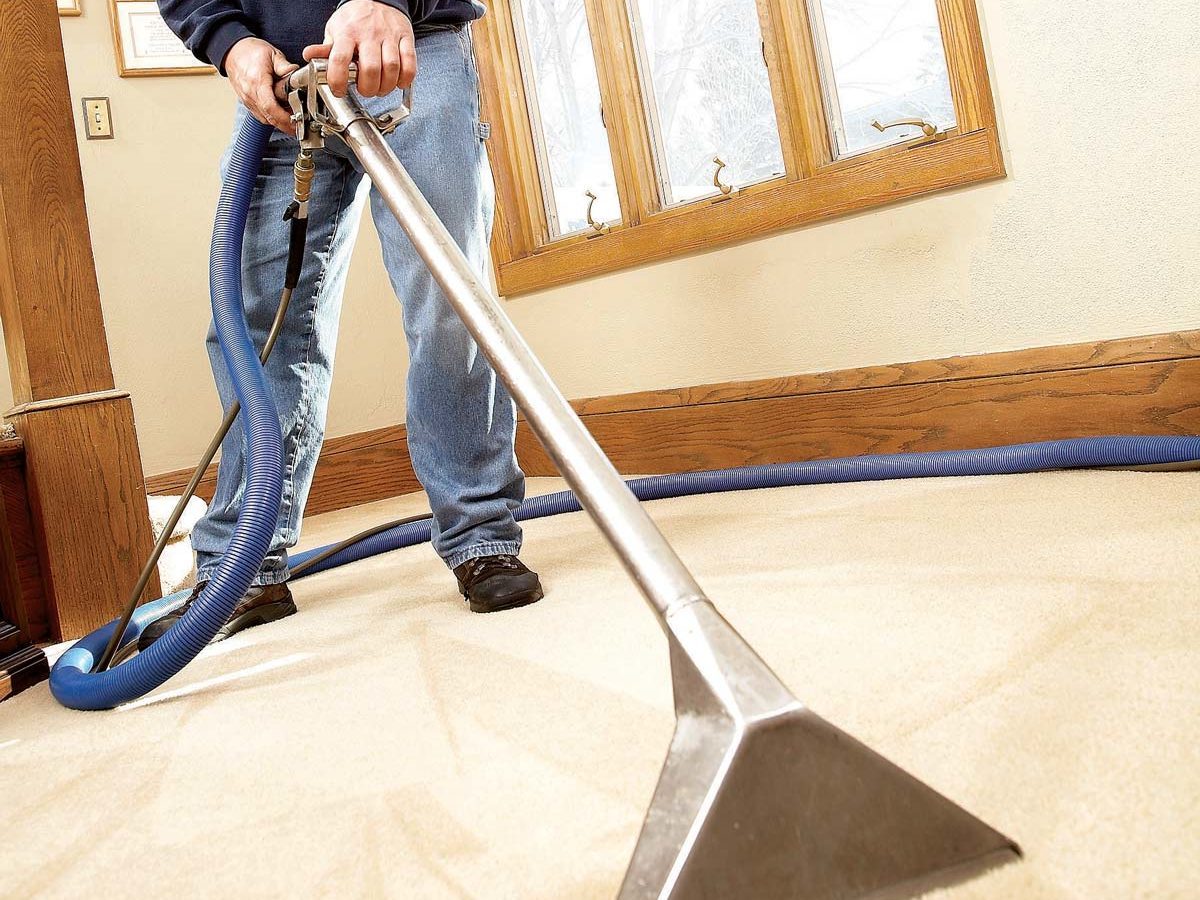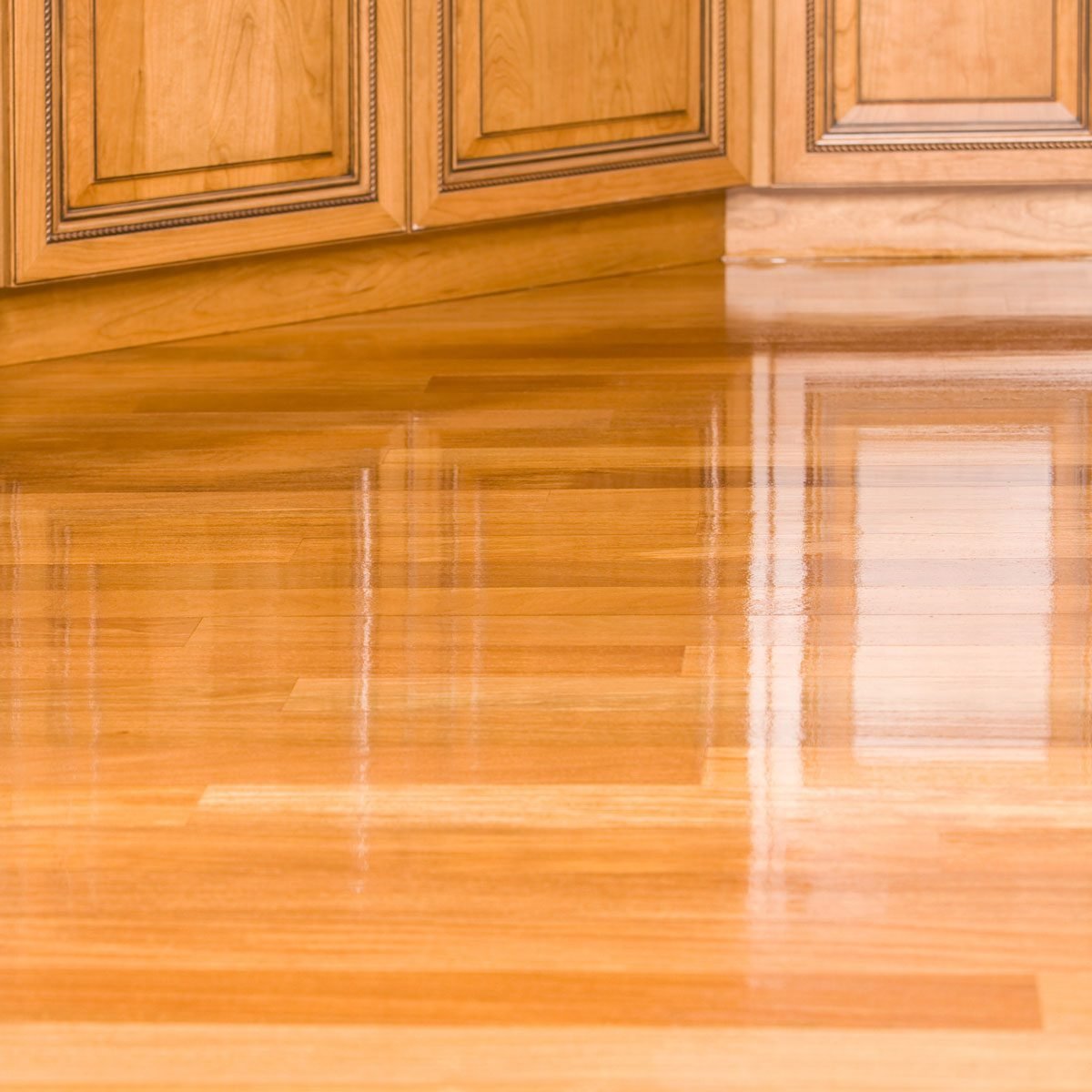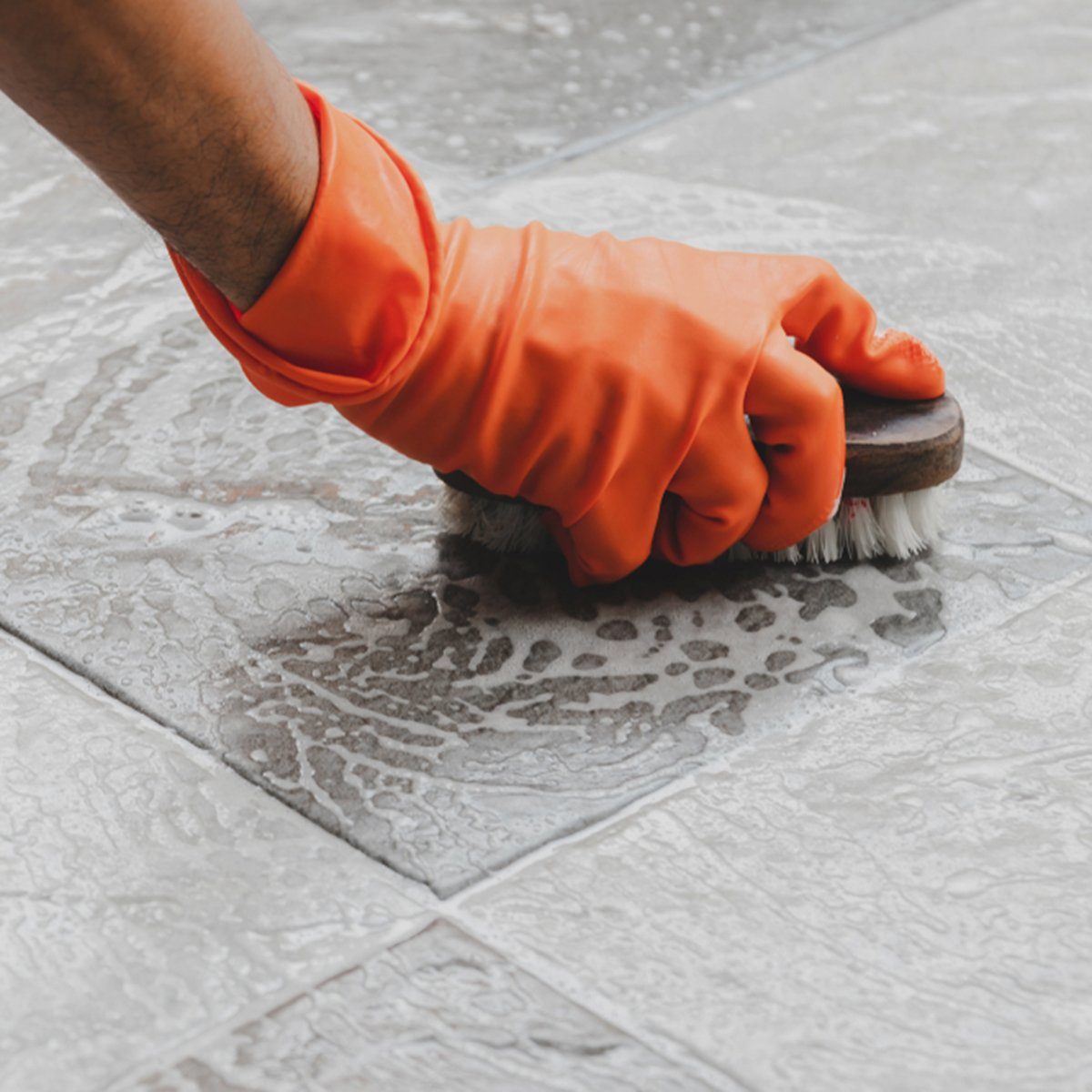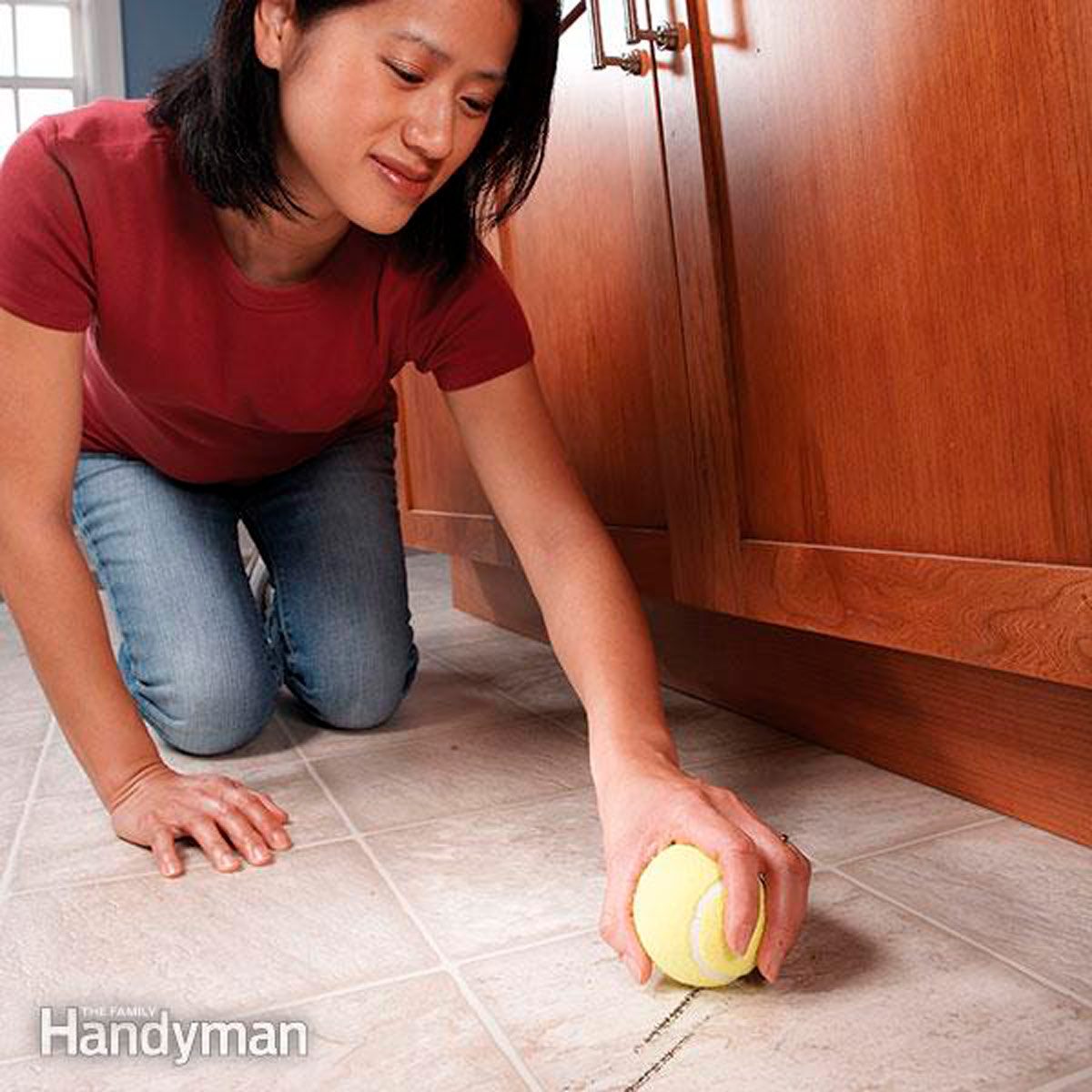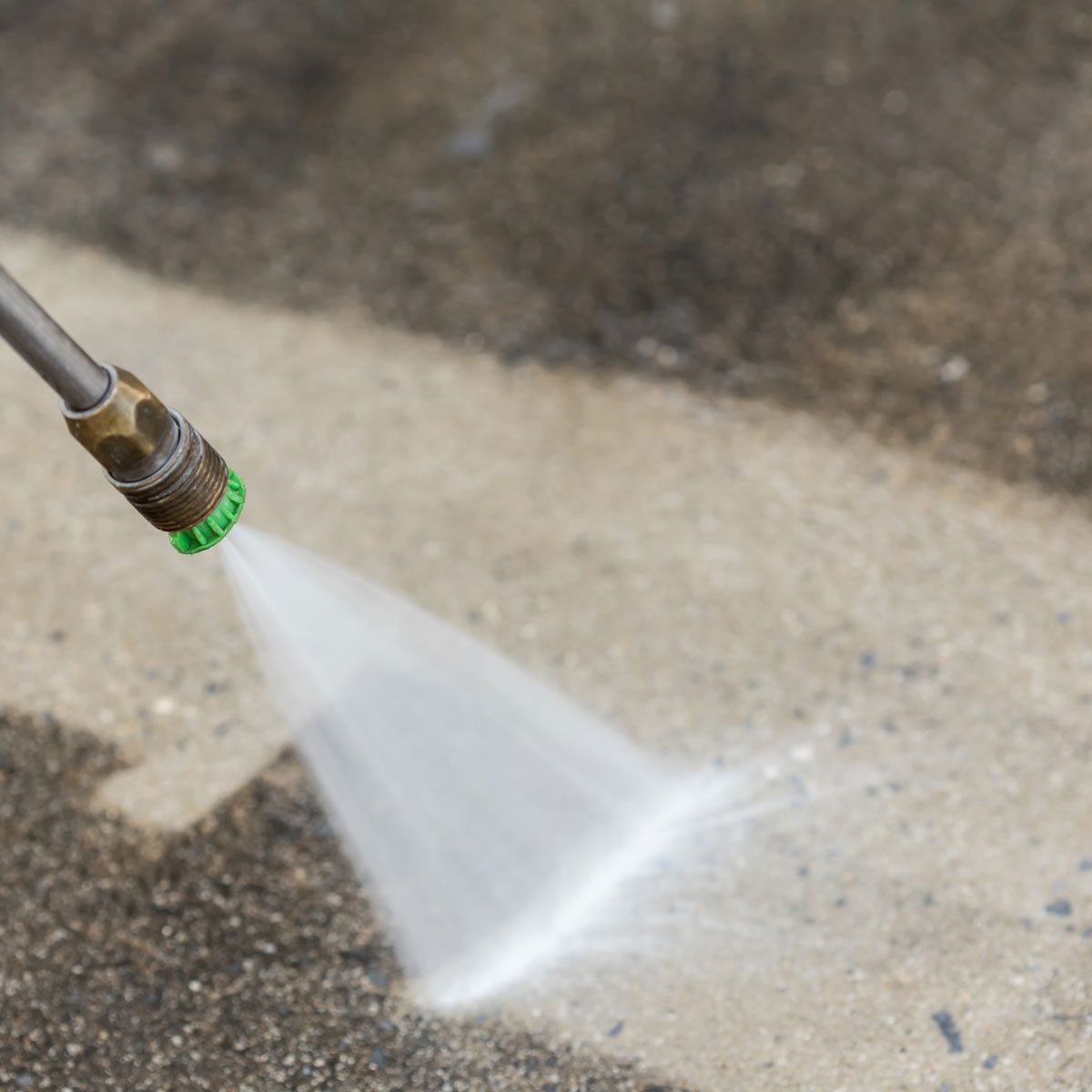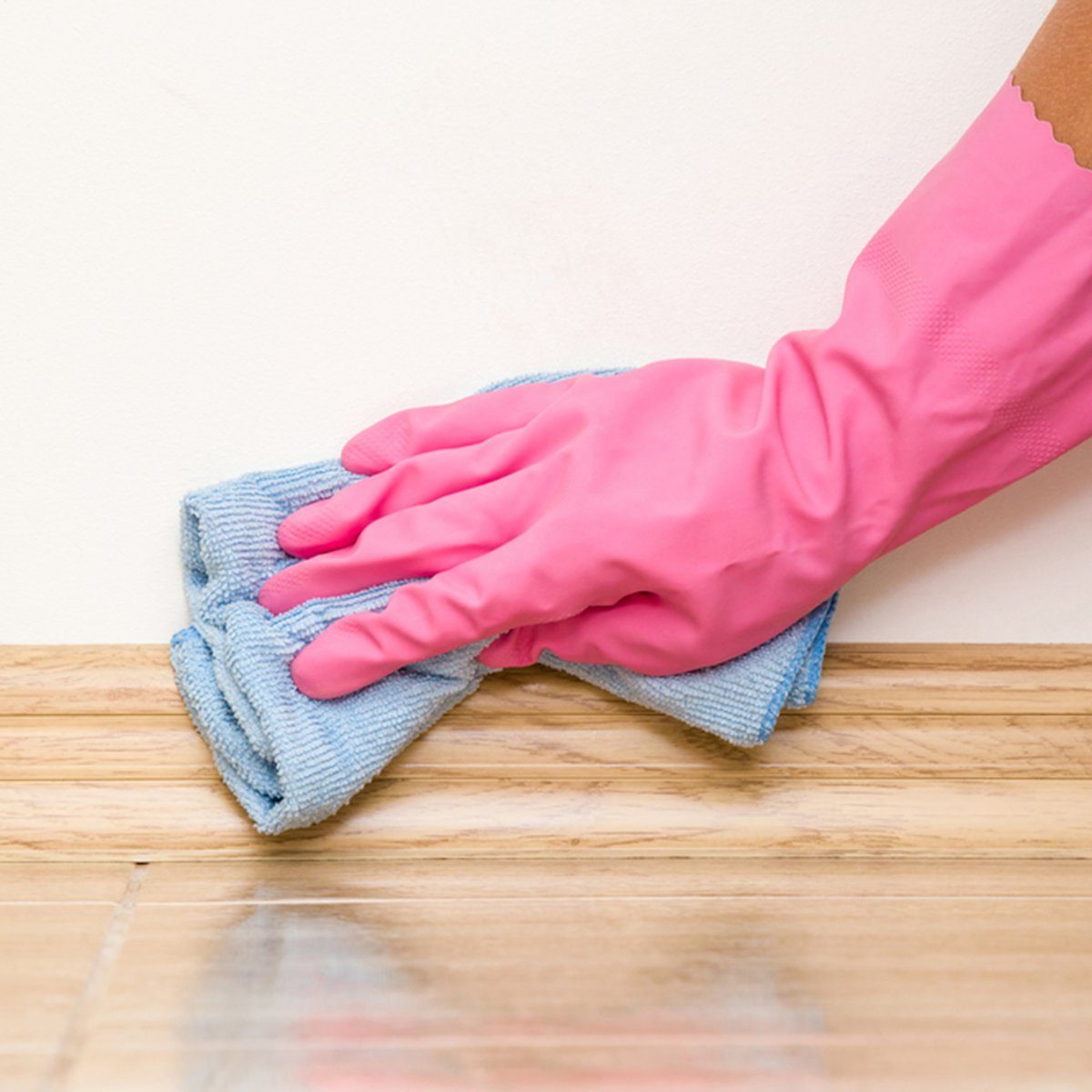Most homes contain a variety of flooring types. Knowing how to best clean each surface can be a lot to keep track of, so use this guide to clean all of the flooring types in your home.
Our editors and experts handpick every product we feature. We may earn a commission from your purchases.Learn more.


















